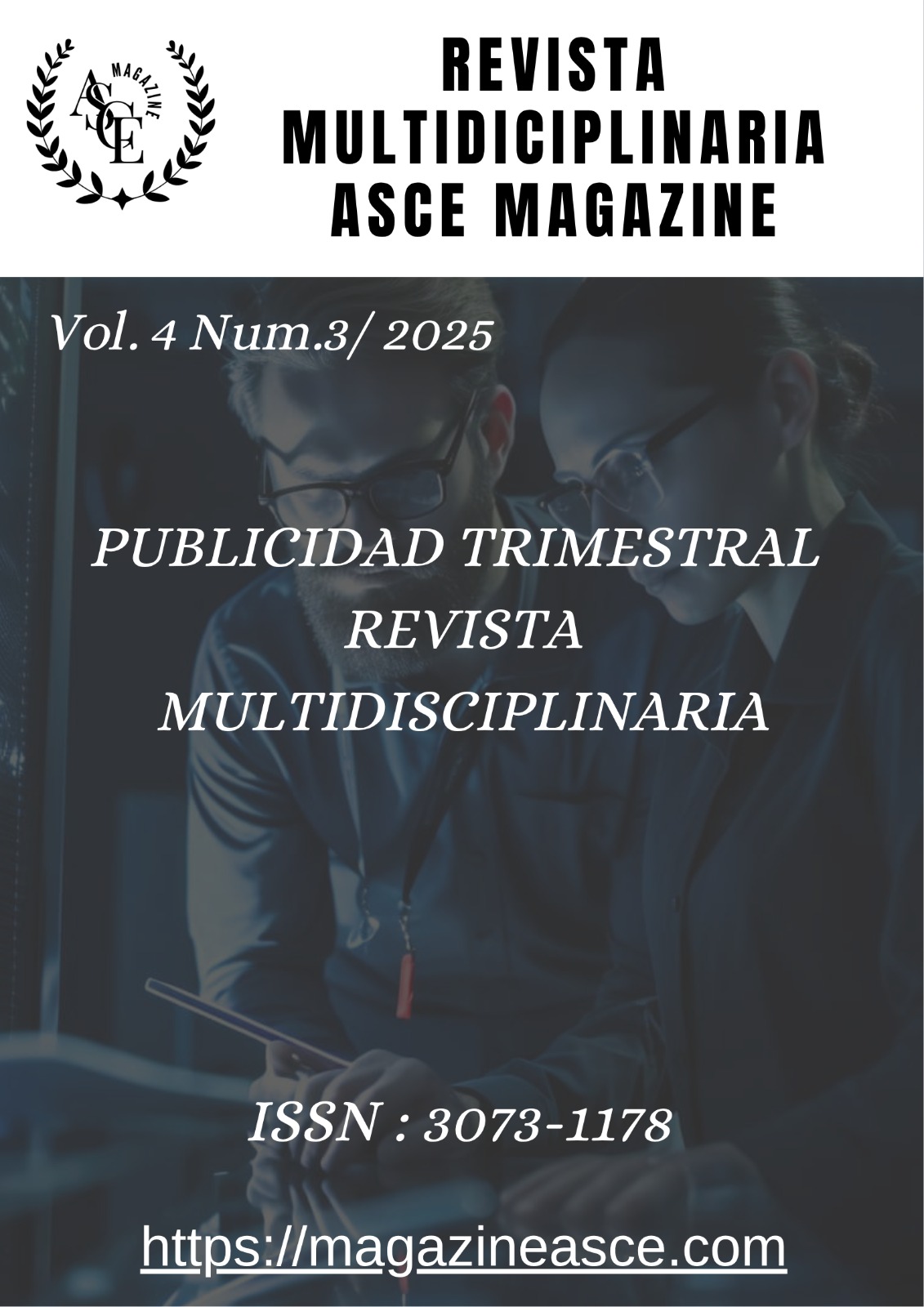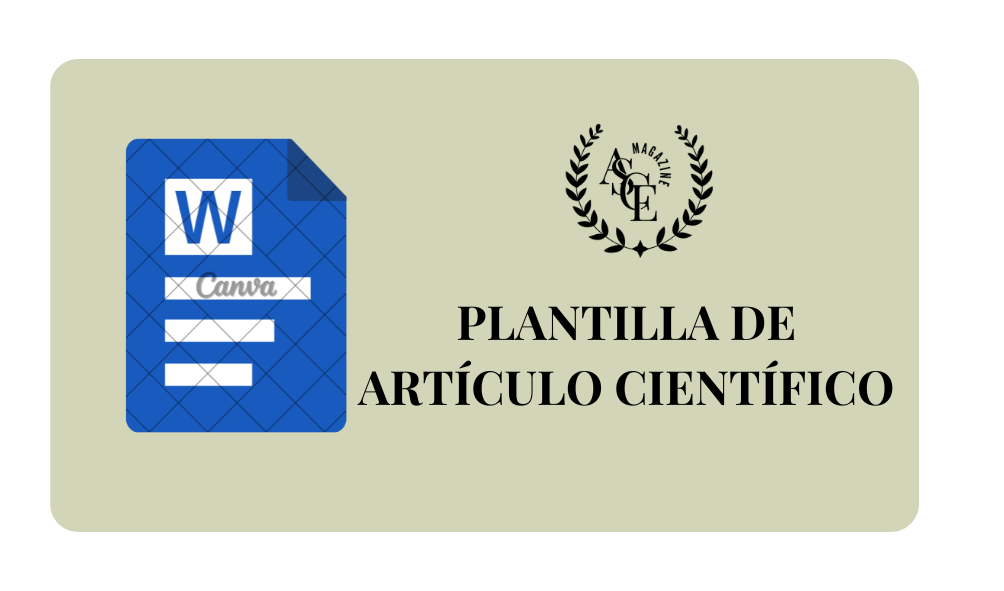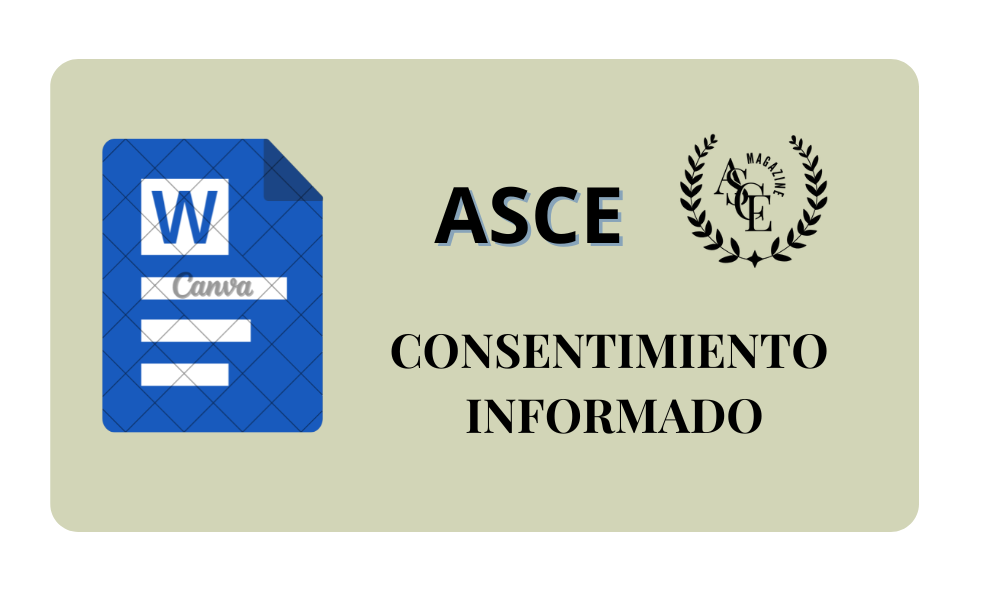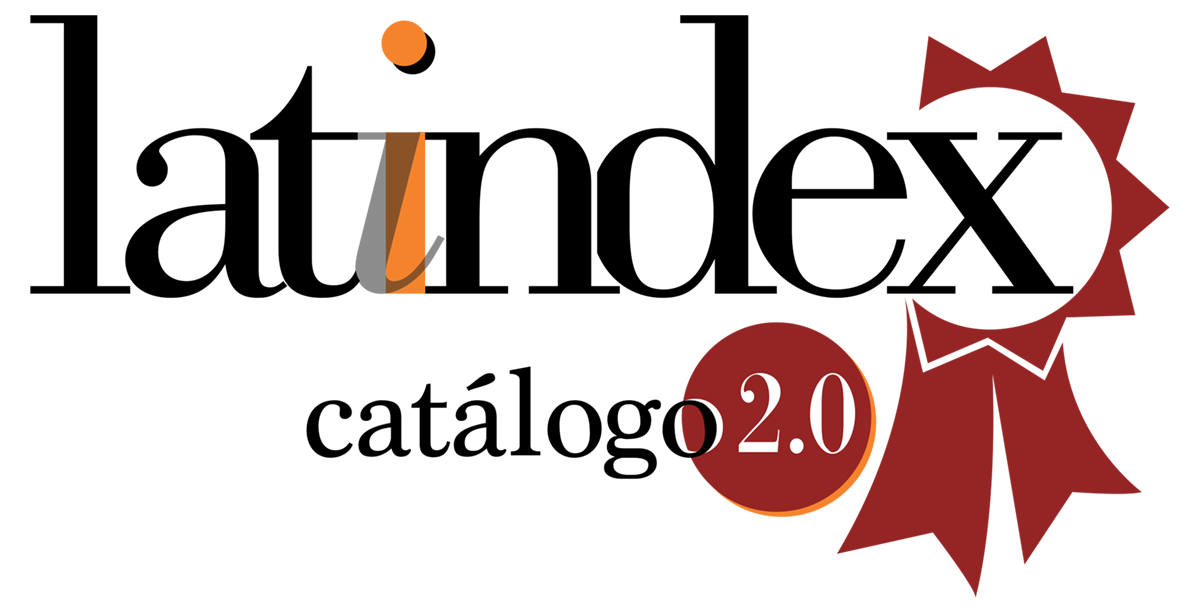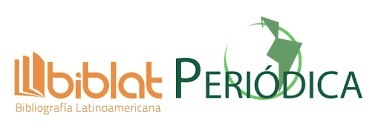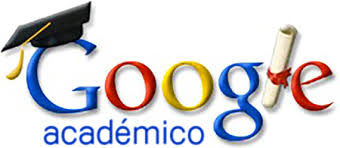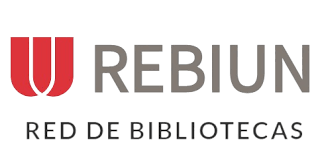Innovative strategies to strengthen the development of oral language in children in early childhood education at the Tarquino Idrobo School during the 2024-2025 school year
DOI:
https://doi.org/10.70577/ASCE/1832.1859/2025Keywords:
Oral Language Development, Early Education, Storytelling, Technological Resources, Verbal Fluency.Abstract
The objective of this research was to design and implement innovative strategies to strengthen the development of oral language in children of Early Childhood Education at the "Tarquino Idrobo" School during the 2024-2025 school year, using a quantitative approach with a quasi-experimental design, in which direct observations and surveys of teachers and parents were applied to diagnose the current level of students' oral language. The strategies implemented included playful activities, storytelling, role-playing and the use of technological resources adapted to the needs of the group, the results showed significant improvements in verbal fluency, the ability to formulate complete sentences and the expansion of vocabulary, in addition to an increase in the active participation of children in the activities. The final proposal consisted of a set of innovative pedagogical strategies such as symbolic play and the use of educational technologies, aimed at creating an interactive and stimulating environment for students, it was concluded that the innovative strategies were effective for the strengthening of oral language, recommending continuous teacher training, the systematic implementation of these strategies and greater participation of parents in the learning process. in order to ensure comprehensive linguistic development.
Downloads
References
Birchenall, L., & Müller, O. (2014). La Teoría Lingüística de Noam Chomsky: del Inicio a la Actualidad. Lenguaje, 42(2), 417-442. https://www.scielo.org.co/pdf/leng/v42n2/v42n2a08.pdf DOI: https://doi.org/10.25100/lenguaje.v42i2.4985
Briceño, L., Flórez, R., & Gómez, D. (2019). Usos de las TIC en preescolar: hacia la integración curricular. Panorama, 13(24), 20-32. https://doi.org/10.15765/pnrm.v13i24 DOI: https://doi.org/10.15765/pnrm.v13i24.1203
Carreño, M., & Calle, A. (2020). Aspectos fundamentales de los programas de estimulación temprana y sus efectos en el desarrollo de los niños de 0 a 6 años. RECIMUNDO, 4(1), 499-520. https://doi.org/10.26820/recimundo/4.(1).enero.2020.499-520 DOI: https://doi.org/10.26820/recimundo/4.(1).enero.2020.499-520
Castro, S., Guzmán, B., & Casado, D. (2007). Las TIC en los procesos de enseñanza y aprendizaje. Laurus, 13(23), 213-234. https://www.redalyc.org/pdf/761/76102311.pdf
Chomsky, N. (1988). El lenguaje y los problemas del conocimiento. Madrid: Conferencias de Managua.
Creswell, J. W. (2014). Research design: Qualitative, quantitative, and mixed methods approaches (4th ed.). Thousand Oaks, CA.
Cueva, J., & Ordoñez, E. (2024). El cuento infantil en el desarrollo del lenguaje oral de los niños y niñas de 4 a 5 años de la Escuela de Educación Básica “Tarquino Idrobo”. Tesis de pregrado, Universidad Central del Ecuador, Facultad de Filosofía, Letras y Ciencias de la Educación, Quito. https://www.dspace.uce.edu.ec/handle/25000/32800
Díaz, M. (2017). Estrategias lúdicas para el aprendizaje en niños y niñas de la escuela normal superior de Cartagena. Tesis de pregrado, Fundación Universitaria Los Libertadores. https://repository.libertadores.edu.co/server/api/core/bitstreams/322bb2fa-c564-4330ab81-12ad8ae05950/content
García, M. E. (2022). Familia y migración. La complejidad de la migración familiar en el mundo contemporáneo. RIEM. Revista Internacional De Estudios Migratorios, 12(1), 143-148. https://doi.org/10.25115/riem.v12i1.7295 DOI: https://doi.org/10.25115/riem.v12i1.7295
Guilar, M. (2009). Las ideas de Bruner: "De la revolución cognitiva" a la "revolución cultural". Educere, 13(44), 235-241. https://www.redalyc.org/pdf/356/35614571028.pdf
Hart, B., & Risley, T. (1995). Meaningful differences in the everyday experience of young American children. Brookes Publishing.
Hernández, F., & Mendoza, C. (2018). Metodología de la investigación: Las rutas cuantitativa, cualitativa y mixta. Ciudad de México: Editorial McGraw Hill Education. DOI: https://doi.org/10.17993/CcyLl.2018.15
Lenneberg, E. (1967). Biología, Lenguaje y Evolución: Eric Lenneberg. Fundamentos biológicos del lenguaje [FBL]. Entornos, 30(2).
López, J., & Lescay, D. (2023). Estrategia de comunicación para el desarrollo del lenguaje de los niños del subnivel II de Inicial. VARONA, 1(76). https://www.redalyc.org/journal/3606/360674839001/html/
Marzo, M., & Belda, M. (2021). Trastornos del lenguaje en alumnos con TEA. International Journal of New Education, 1(7). https://doi.org/10.24310/IJNE4.1.2021.12016 DOI: https://doi.org/10.24310/IJNE4.1.2021.12016
Ministerio de Educación (2014). Currículo Educación Inicial 2014. Acuerdo No. 0042-14, Quito.
Moya, B. (2024). El juego como estrategia lúdica en el proceso enseñanza-aprendizaje. Revista Neuronum, 10(2), 275-294.
Piaget, J. (1952). The origins of intelligence in children. M. Cook, Trans. https://doi.org/10.1037/11494-000 DOI: https://doi.org/10.1037/11494-000
Pinargote, S., & Meza, H. (2022). Estrategia didáctica para el desarrollo del lenguaje oral en los niños y niñas del nivel preescolar. Revista EDUCARE - UPEL-IPB - Segunda Nueva Etapa 2.0, 551–576. https://doi.org/10.46498/reduipb.v26iExtraordinario.1676 DOI: https://doi.org/10.46498/reduipb.v26iExtraordinario.1676
Pinto, S. V. (2022). Estrategias didácticas para el fortalecimiento del lenguaje oral en la niñez del nivel inicial II. Tesis de posgrado, Universidad Técnica del Norte, Instituto de Postgrado, Ibarra. https://repositorio.utn.edu.ec/handle/123456789/12115
Rodríguez, D. E., & Bravo, M. (2023). Estrategia metodológica para el desarrollo del lenguaje de los niños de 5 años. MQRInvestigar, 7(3), 1258–1274. https://doi.org/10.56048/MQR20225.7.3.2023.1258-1274 DOI: https://doi.org/10.56048/MQR20225.7.3.2023.1258-1274
Saltos, A., & Vega, J. (2023). Estrategia didáctica para el desarrollo del lenguaje oral en niños de 4 años del subnivel inicial de la Escuela Fiscal Mixta Profesor Odón Moreira Pisco. Revista Científica Arbitrada de Investigación en Comunicación, Marketing y Empresa REICOMUNICAR, 6(11). https://doi.org/10.46296/rc.v6i11edespmayo.0135
Skinner, B. (1957). Verbal behavior. Appleton-Century-Crofts. https://doi.org/10.1037/11256-000 DOI: https://doi.org/10.1037/11256-000
UNESCO (2016). Educación 2030: Declaración de Incheon y Marco de Acción para la realización del Objetivo de Desarrollo Sostenible 4: Garantizar una educación inclusiva y equitativa de calidad y promover oportunidades de aprendizaje permanente para todos. UNESCO, UNICEF. https://unesdoc.unesco.org/ark:/48223/pf0000245656_spa
Vigotsky, L. (2003). El desarrollo de los procesos psicológicos superiores (Primera edición). M. Cole (Ed.). Barcelona: KnitoitiAi CRÍTICA, S.L.
Downloads
Published
How to Cite
Issue
Section
License
Copyright (c) 2025 Paulina Alejandra Mafla Legarda

This work is licensed under a Creative Commons Attribution-NonCommercial-NoDerivatives 4.0 International License.
Eres libre de:
- Compartir : copiar y redistribuir el material en cualquier medio o formato
- Adaptar : remezclar, transformar y desarrollar el material
- El licenciante no puede revocar estas libertades siempre y cuando usted cumpla con los términos de la licencia.
En los siguientes términos:
- Atribución : Debe otorgar el crédito correspondiente , proporcionar un enlace a la licencia e indicar si se realizaron cambios . Puede hacerlo de cualquier manera razonable, pero no de ninguna manera que sugiera que el licenciante lo respalda a usted o a su uso.
- No comercial : no puede utilizar el material con fines comerciales .
- CompartirIgual — Si remezcla, transforma o construye sobre el material, debe distribuir sus contribuciones bajo la misma licencia que el original.
- Sin restricciones adicionales : no puede aplicar términos legales ni medidas tecnológicas que restrinjan legalmente a otros hacer algo que la licencia permite.

